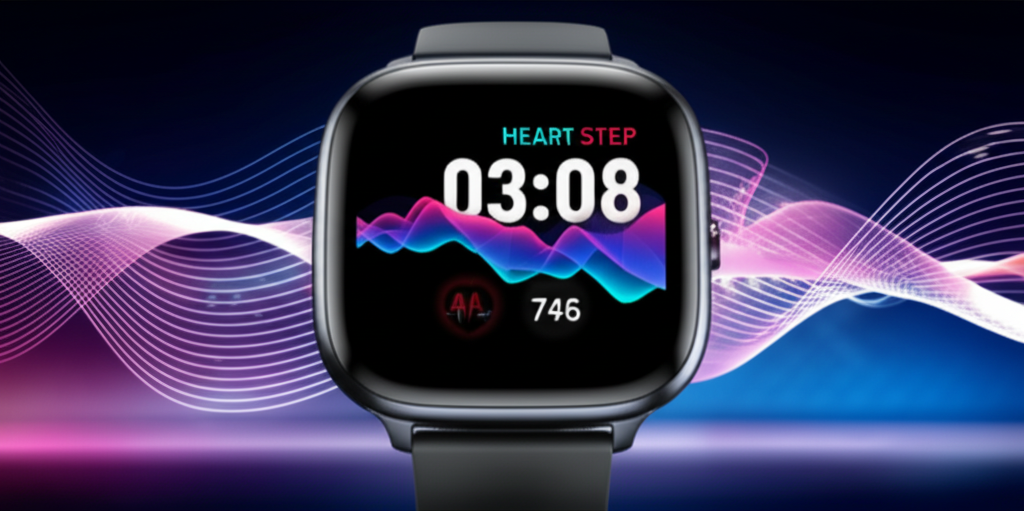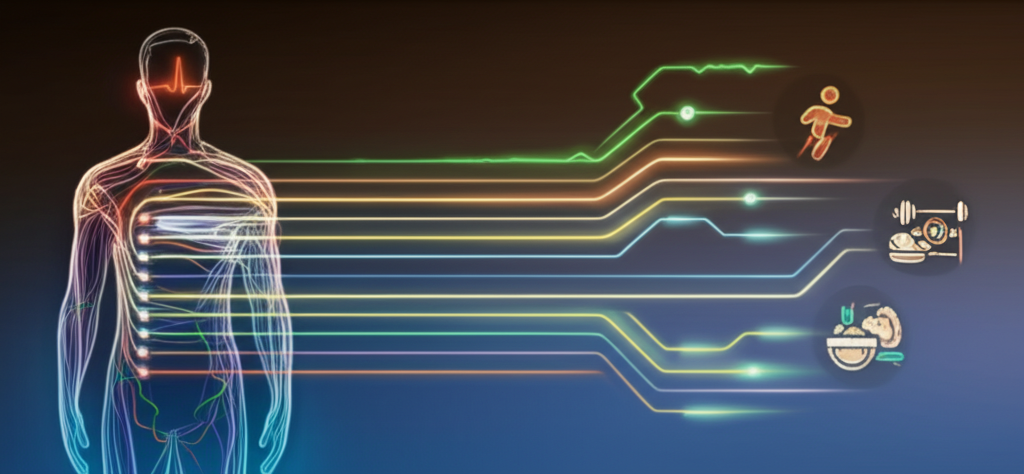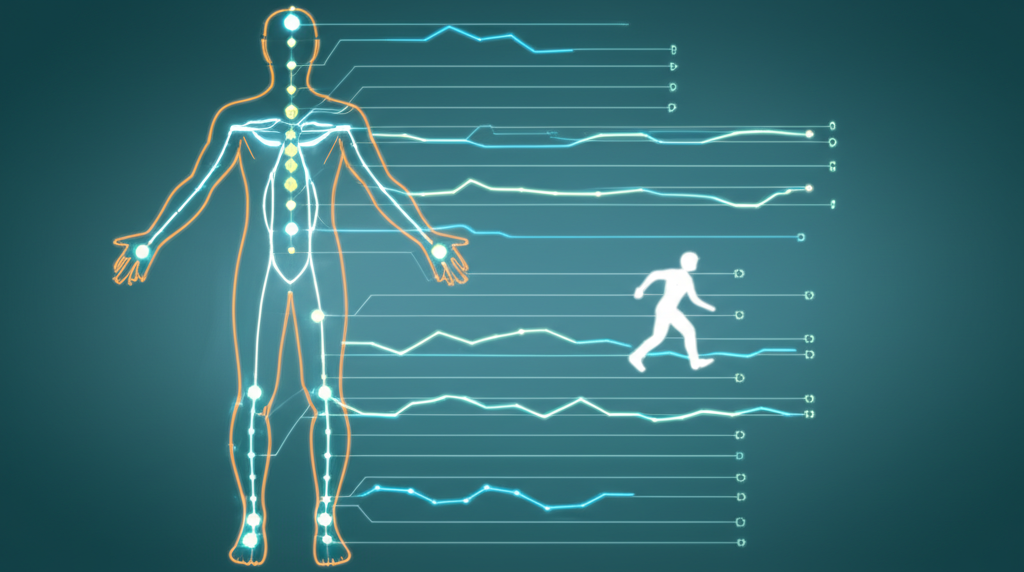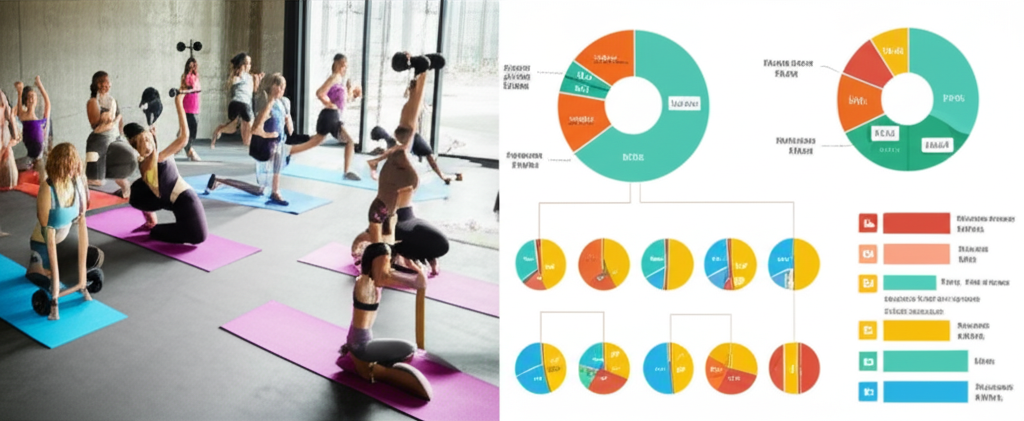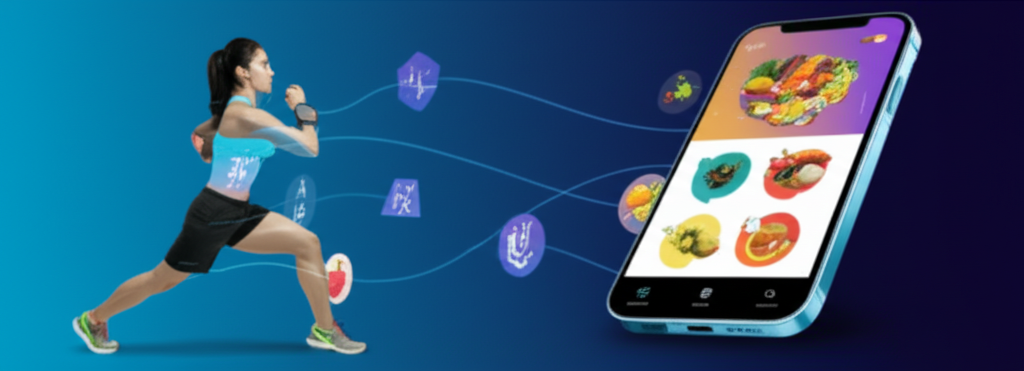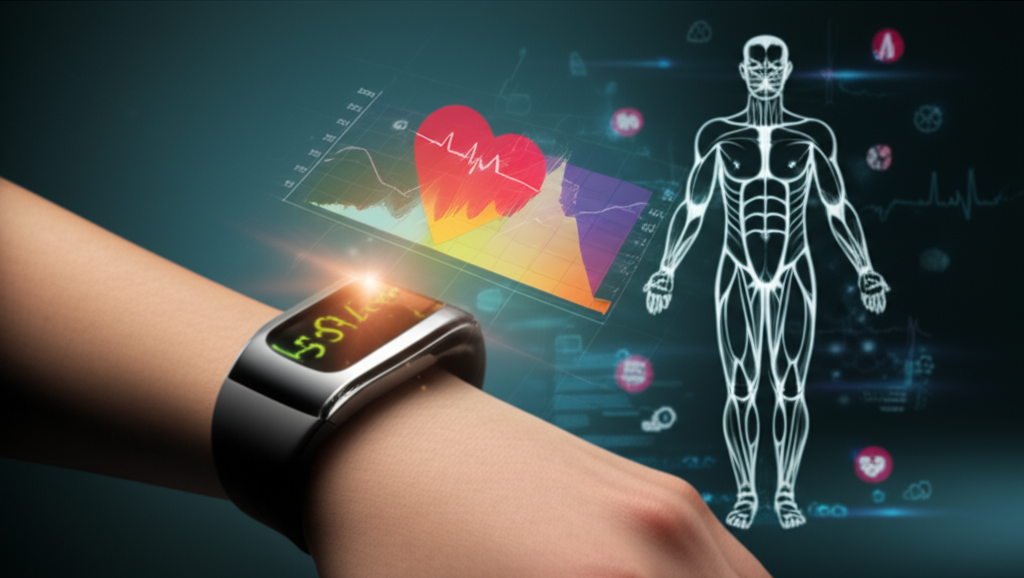Crafting Hyper-Personalized Workout Plans
Hyper-personalized workout plans move beyond generic fitness routines. They leverage biometric data and individual assessments to create truly optimized programs. This ensures safety, maximizes results, and fosters long-term adherence. Forget one-size-fits-all; we're building workouts sculpted to your unique body and goals.
The cornerstone of a hyper-personalized plan lies in a comprehensive initial assessment. This includes a detailed health history, current fitness level evaluation (e.g., VO2 max testing, strength assessments), and a thorough analysis of your biometric data. This data, gathered through wearables or lab tests, provides crucial insights into your resting heart rate, sleep patterns, recovery metrics, and body composition.
This initial assessment allows us to identify potential limitations and strengths. For example, a low resting heart rate might indicate high cardiovascular fitness, allowing for more intense training. Conversely, elevated resting heart rate could necessitate a gentler approach initially, focusing on building a solid foundation.
Next, we establish clear, measurable, achievable, relevant, and time-bound (SMART) goals. Are you aiming for strength gains, improved endurance, weight loss, or simply increased overall fitness? Clearly defined goals directly influence the structure and intensity of your workout plan.
Workout plans should then be designed with progressive overload in mind. This principle involves gradually increasing the demands placed on your body over time. This can be achieved by increasing weight, repetitions, sets, or the difficulty of the exercises. Careful monitoring of biometric data ensures this progression occurs safely and effectively.
The type of training incorporated is crucial. High-intensity interval training (HIIT) might be ideal for someone with high cardiovascular fitness aiming for rapid fat loss, while strength training is essential for building muscle mass and bone density. Flexibility and mobility work should also be integrated to prevent injury and optimize performance.
Finally, rest and recovery are paramount. Biometric data, like sleep quality and heart rate variability, provide valuable insights into recovery status. Adjusting the workout intensity or volume based on these metrics prevents overtraining and ensures optimal results. Adequate rest is as crucial to progress as the workouts themselves.
- Key Considerations:
- Regular biometric data monitoring (heart rate variability, sleep, activity levels).
- Flexible programming allowing for adjustments based on individual response.
- Integration of various training modalities (strength, cardio, flexibility).
- Emphasis on progressive overload and proper recovery.
- Continuous feedback and adjustments based on progress and biometric data.
Hyper-personalized workout plans are a dynamic process, not a static document. Regular review and adjustments based on your ongoing biometric data and feedback are essential to maintain effectiveness and prevent plateaus. This iterative approach ensures the plan remains optimally tailored to your evolving needs and goals.
